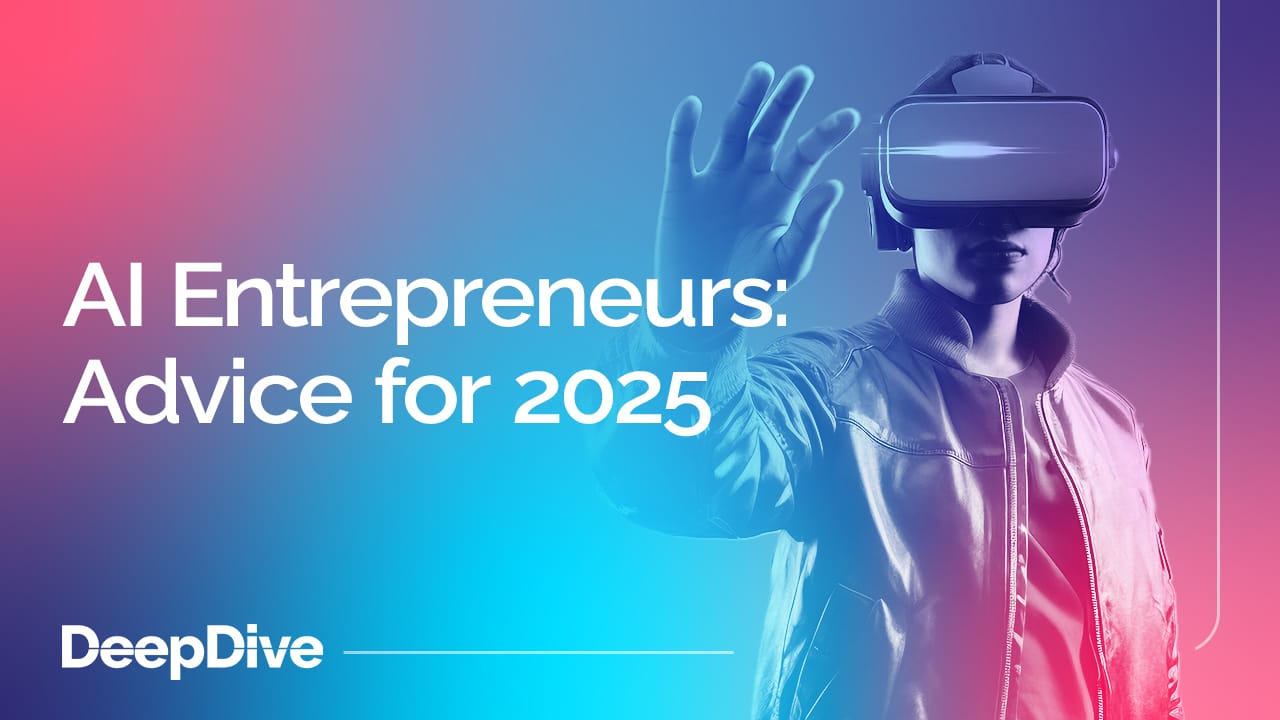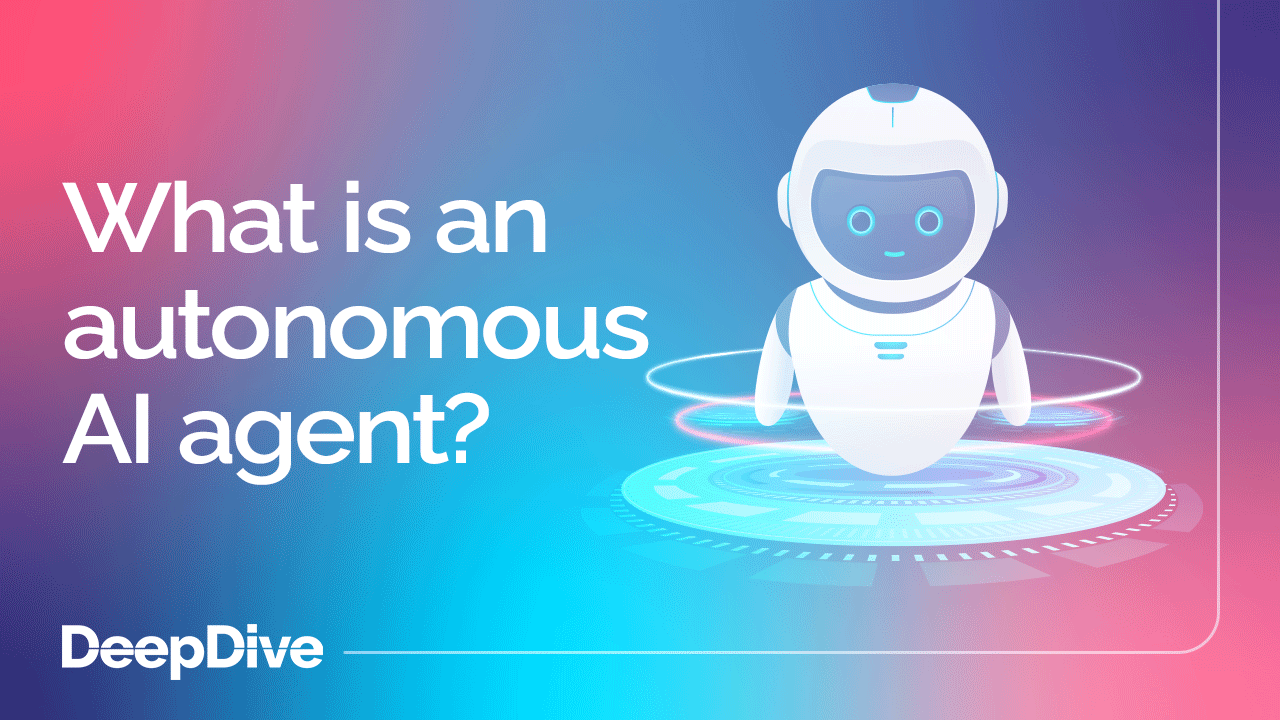

Will open-source design help us move faster?
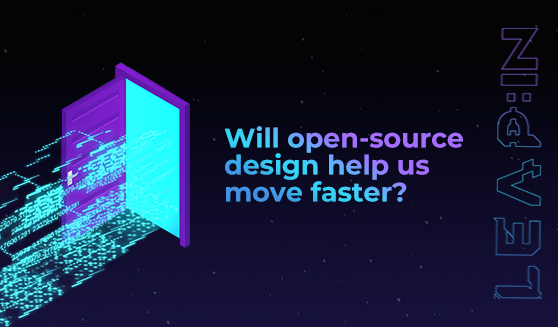
Welcome to the 205 new techies who have joined us since last Friday. If you haven’t already, subscribe and join our community in receiving weekly tech insights, updates, and interviews with industry experts straight to your inbox.
This week we’re quoting Sebastien Gendron (Co-Founder and CEO at TransPod)
What Gendron said:
“When we say easier to use, we mean bringing the frequency of the subway with the aircraft’s speed. In today’s world, intercity travel must be stress-free.”
What was he talking about?
He was talking about the TransPod system for ultra-high speed travel.
On the blog this week we wrote about hyperloop transportation technologies. And in today’s newsletter we thought we’d dig a little into the history of hyperloop – and the ideas about high-speed travel that came before it.
Transport loves an outlandish idea.
There was the Aerotrain in 1965 – an experimental Tracked Air Cushion Vehicle, also known as a hovertain, that was developed in France. And as recently as 2020, the Transit Elevated Bus (TEB), proposed in China – a bus that straddles traffic by driving over the top of it, running on fixed tracks.
And then there's the hyperloop. The conception of hyperloop is often attributed to Elon Musk’s 2013 white paper, but the idea is actually a lot older than that – with outlines and studies dating back three centuries.
One of the first people to imagine a possible prototype of the hyperloop was George Medhurst – a British inventor in the 18th century. He pioneered the use of compressed air as a way to propel objects, and in 1799 he filed for a patent that could move objects through a system of iron pipes.
Then there were experimental cargo stations
In 1845, the London and Croydon Railway in the UK built an experimental cargo station. They created a vacuum between the train and the rails, which propelled the train forward via atmospheric pressure.
The experiment was abandoned a couple of years later – but by 1850 pneumatic cargo railways were functioning in some parts of Europe.
Then in the 1860s, the Crystal Palace atmospheric railway was constructed in south London, and it operated successfully over a short distance for a number of months, to demonstrate the potential of this technology.
Air cushion tech and levitating pods came later
If you read Musk’s white paper, you’ll know that he credited Robert Goddard (American Rocket Scientist) as one of the first people to design a hyperloop.
Published in 1909, Goddard’s article The Limit of Rapid Transit described a train that could travel from Boston to New York in just 12 minutes. That train never became a reality – but it outlined some of the foundational technologies for the hyperloop, including levitating pods and a vacuum-sealed tube.
Attempts to build a transport system akin to the hyperloop came later – including the Aerotain that we mentioned earlier. And then in the 1990s, researchers at the Massachusetts Institute of Technology (MIT) began working on a vacuum-sealed tube train – but although they managed to build a test loop, the project was later archived.
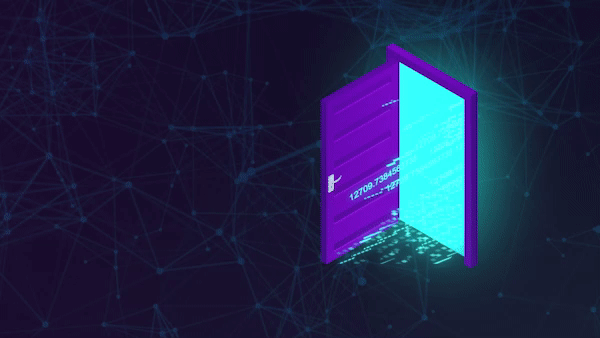
But the groundwork was in place
You could call them failed experiments. Or you could recognise all those concepts and attempts at building new transport systems for what they really are: part of the long process of developing a novel solution for high-speed travel, with each new inventor learning from the successes and mistakes of the last.
In the 2000s, Daryl Oster (Founder and CEO of ET3 Global Alliance) designed a train in which pods the size of cars could travel along elevated tubes. It was patented in 1999 through an open consortium model, dedicated to the global implementation of tube transit tech.
ET3 stands for Evacuated Tube Transport Technologies – which means a “network of tubes that have air removed to eliminate friction for magnetically levitated and driverless capsules”.
And this formed part of the background for Musk’s Hyperloop Alpha, which proposed enclosed capsules or pods that would move through a system of tubes, on skis that levitated on an air cushion.
Like Oster, Musk didn’t secure a patent for his design – instead choosing to register the design via the open-source project model.
So more hyperloop developers began to emerge
After 2013, more companies stepped up to the hyperloop challenge: building teams dedicated to developing this technology and creating ultra-high speed intercity transport systems. We mentioned some of the companies still working on this in our new blog post – you can read it here.
It’s likely that hyperloop transport will be a part of our future.
But in the meantime, we’re feeling inspired by the journey this tech has taken so far: from early experiments with alternative transport systems, to open-source designs that enable tech innovators to learn from each other, and move more quickly towards a novel mode of transport.
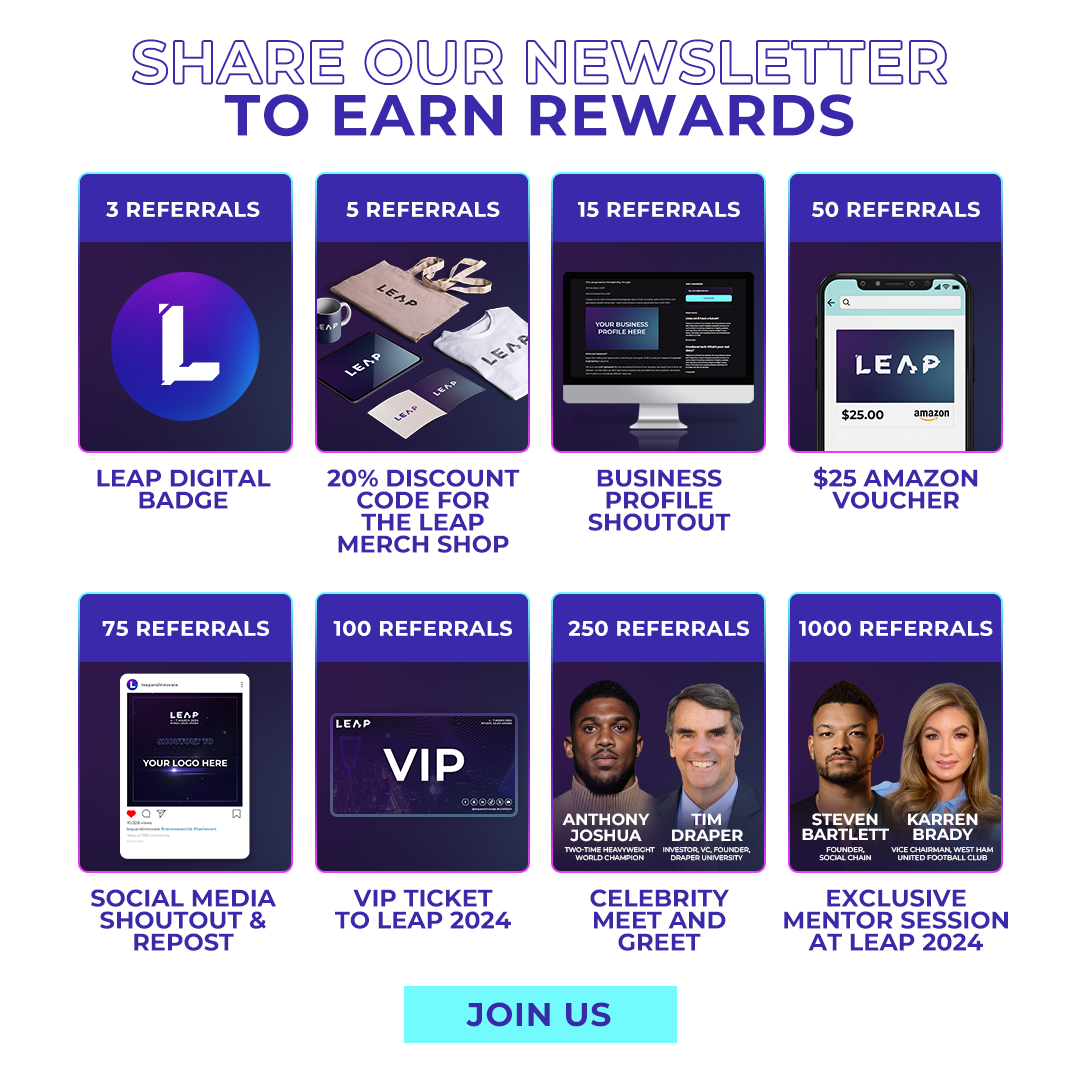
Make sure to check out DeepDive 🤖

This week DeepDive is bringing you the latest insights on how scientists are now unlocking the mysteries of the cosmos with #AI.
AI is already streamlining our daily life. But it’s also helping us understand one of the greatest mysteries humans have ever puzzled over: Space.
Increasingly, astronomers are using AI to help them discover and classify supernovae.
Read the newsletter to find out more.
➡ Subscribe now to the LinkedIn newsletter to get it straight to your feed or to the LEAP:IN content platform to get it straight to your inbox.
Have an idea for a topic you'd like us to cover? We're eager to hear it! Drop us a message and share your thoughts.
Catch you next week,
Richard McKeon
Marketing Director
P.S. - Mark your calendars for LEAP 2024 📅 4-7 March 2024. Want to be a part of the action?
*Newsletter referral plan T&Cs


